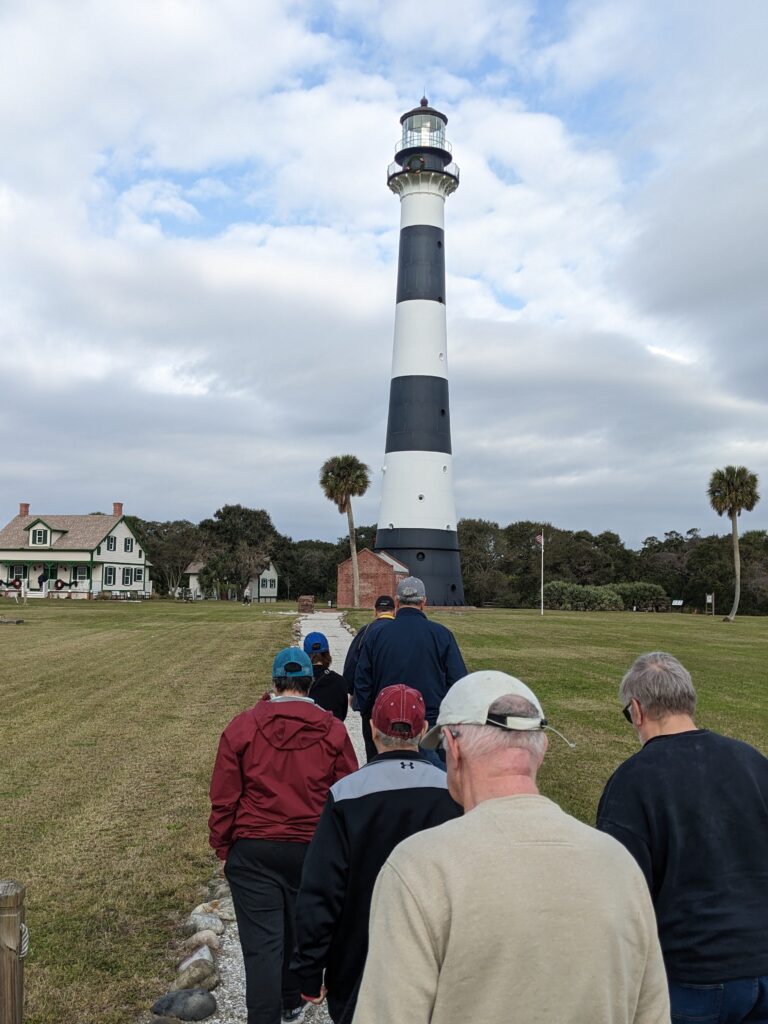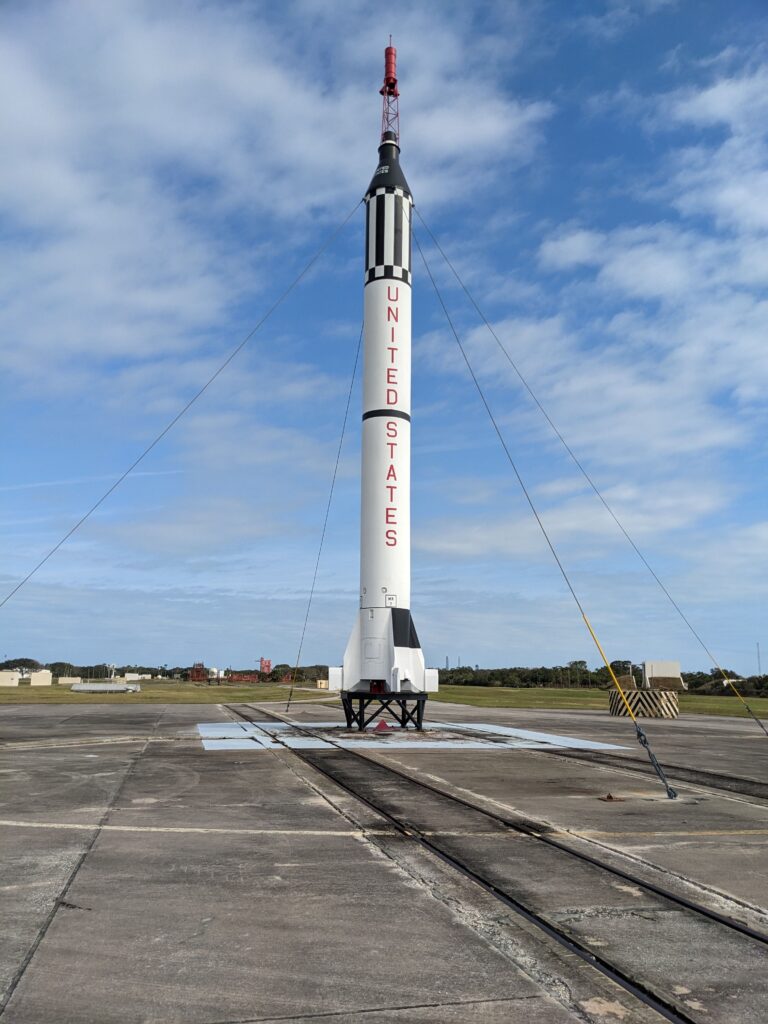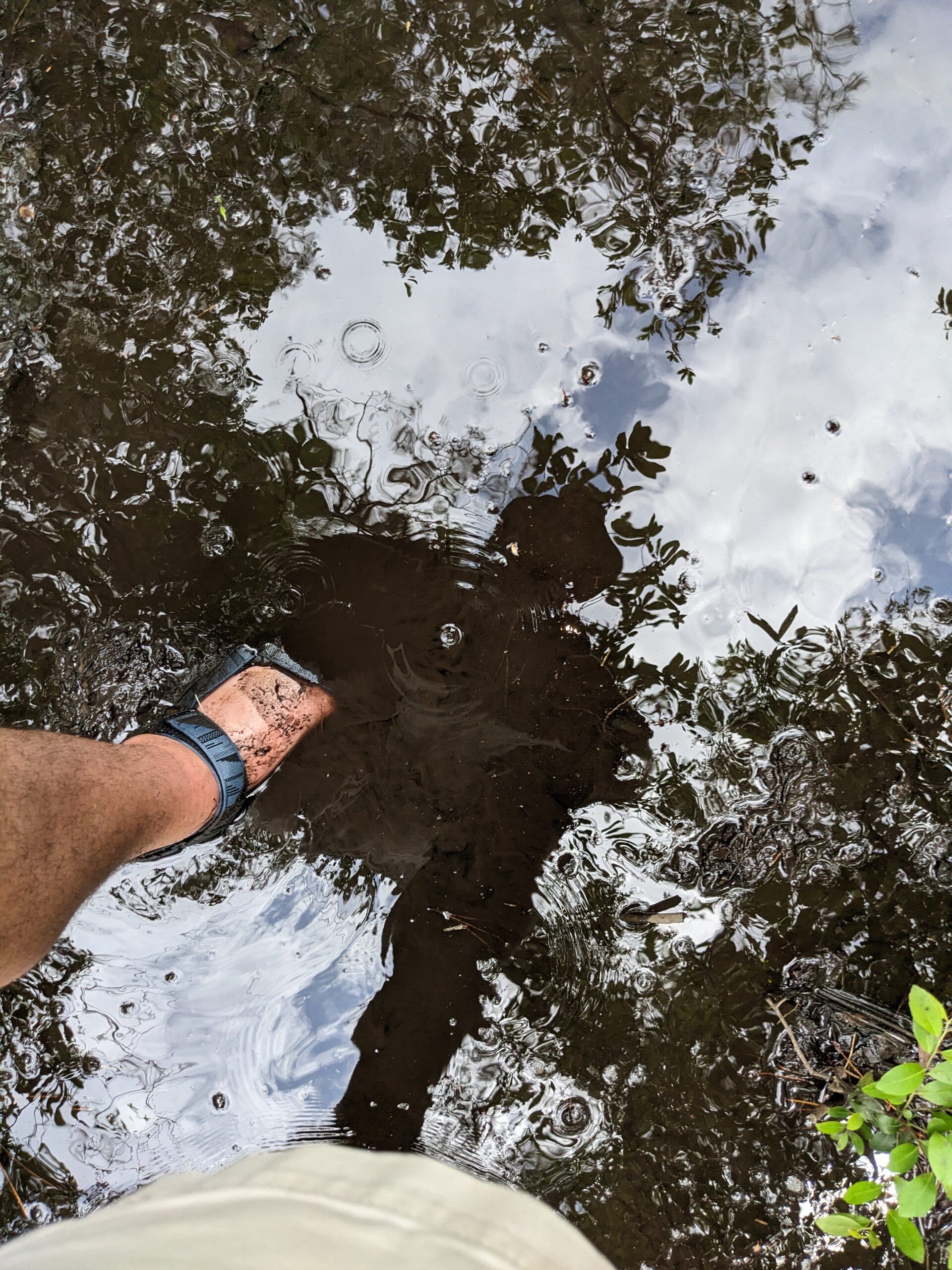“Hey, Cindy, turn around. Do you see that building? That’s the Vehicle Assembly Building!”
We were supposed to be there looking at what is now our boat, but it was hard to ignore the massive gray and white building across the river. Twelve miles away and it still loomed large on the horizon. I shouldn’t have been as surprised as I was. We did just exit off I-95 with one of the massive green and white highway signs that read Kennedy Space Center, saw multiple signs directing you to the visitors’ center, and had recently been driving on Columbia Boulevard. A quick picture was taken and we moved on to the task at hand, but if you follow our adventures, you know that ended.
The Falcon 9 launch that first evening we were on the boat was a harbinger of the next four months filled with sleepless nights, rumbling skies and awe. I’m pretty sure we weren’t really aware of the marathon that had started…
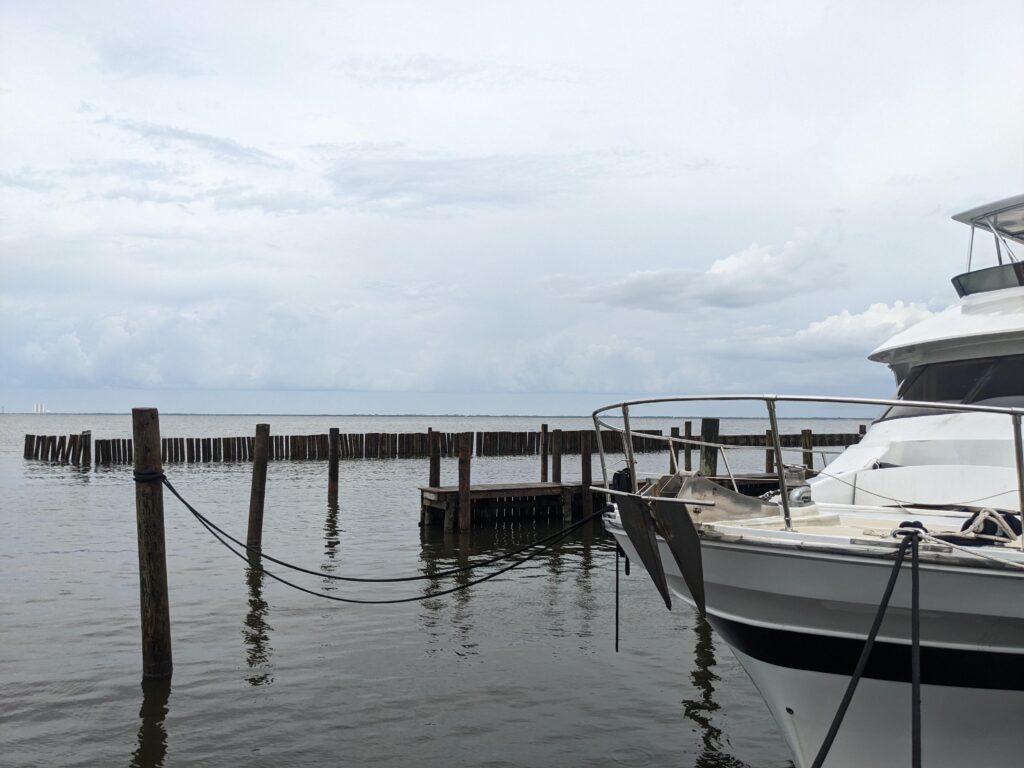
The Steps
Preconditioning
Have a life-long interest in space, space exploration and rockets in general. Read lots of book, watch lots of documentaries and manage to somehow pull off the once-in-a-lifetime event of trucking your kids from Nebraska to Florida to see STS-135 (the last shuttle launch) in the summer of 2011 (but that is an entirely different story.)
While not strictly required, any preconditioning before your actual training will only speed up your full training.
Visit Kennedy Space Center
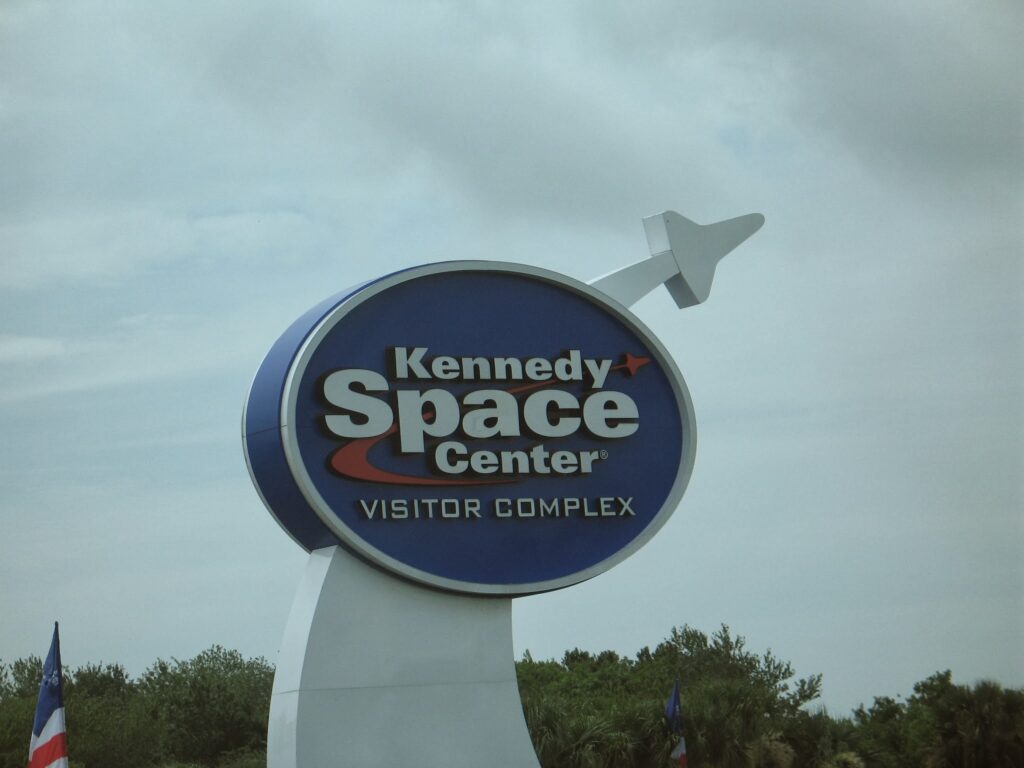
The space fan’s equivalent of Disney World. Yes, you could rush it and at least hit the highlights in a single day, but that really isn’t the way to immerse yourself in the training. A two-day pass is just a few dollars over the one-day pass. Truly serious astroletes will get the Artemis Annual Pass and go weekend after weekend. If you are looking for a stretch goal, take family members along and guide their experience. A full KSC article is on the backlog, complete with a recommended order of experience and some tips and tricks.
See Rocket Launches
These aren’t your typical fireworks pop bottle rockets or Estes kits. They are big, loud and bright. If you are within about 20 miles, you’ll probably notice that something is happening. We’ve watched them from over 80 miles south of KSC and it was still very clear what was going on and an entirely different perspective. Given all of this, there are many different levels at which you can experience a launch.
Level 0 – Wherever
Again, if you are near the launch, it will be visible to some degree unless / until it goes through the cloud deck. There are numerous city parks in Titusville (about 10-12 miles from launch site), Cocoa Beach, the Titusville bridge and sometimes Playalinda Beach for launches before the national seashore closes in the evening. I’ve seen many launches from the deck of our boat when she was in Kennedy Point Marina.
The sound travels better downwind and on calmer days. Plan accordingly.
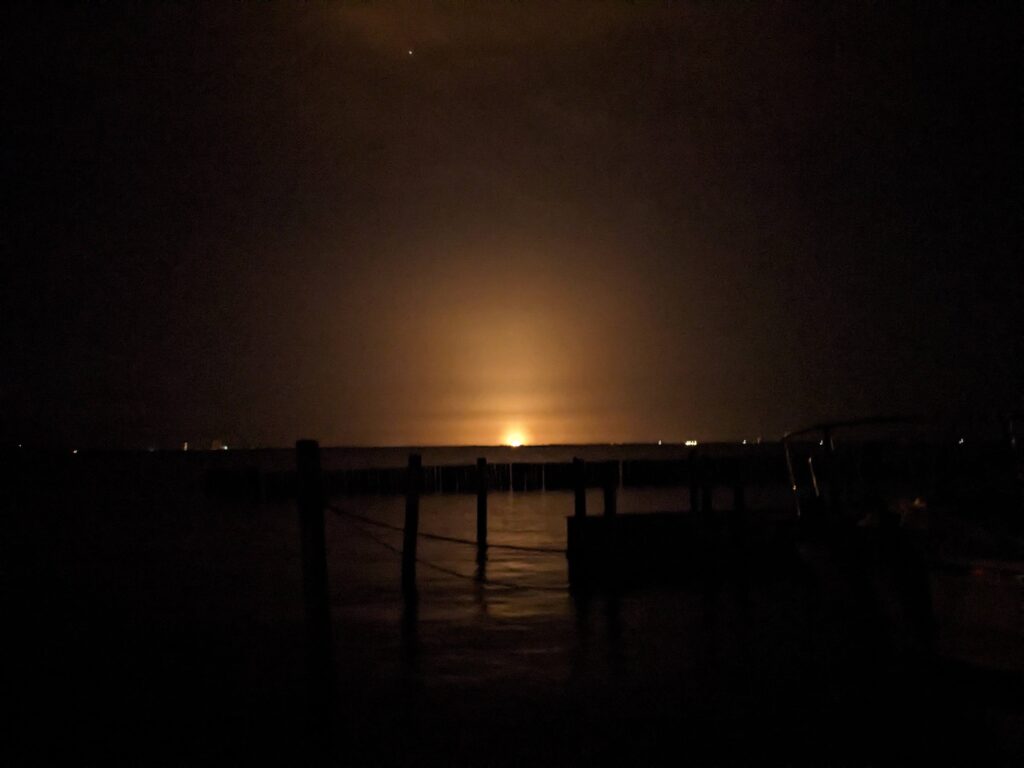
Level 1 – Targeted Viewing
Once you see several launches, you can start to optimize for particular events. One big one is the landing of Falcon boosters when they return-to-site. This is dependent upon the particular launch (manned Falcon 9s and Falcon Heavies are pretty reliable instances.) For one launch, we went down to Jetty Park Pier or Beach in Port Canaveral for about the nearest publicly-accessible site with good viewing to get a bit closer to the sonic booms. That 3AM flight did not disappoint. I tracked the first stage all the way down using binoculars. You can’t see it touch the ground due to some of the landscape on the Space Force base, but it was worth the trip.
If you have military ID or know somebody who does, there is a campground across the Banana River that offers good booster landing sight lines. This is on my todo list still.
Level 2 – KSC Visitor’s Center
For your basic I-like-the-excitement-in-a-crowd experience, be at the visitor center during a launch. No cost beyond your admission and they provide commentary. You are 6-8 miles from the launch sites and won’t see the first few seconds after liftoff. Level 2 can be safely skipped if you choose Level 3.
Level 3 – Closer Viewing at KSC
Usually, but not always, requires an additional ticket LTT (or Launch Transportation Ticket) while at KSC. Some of these include admission in the price and they range from $40 – $250 depending on the level of service and extra benefits. We’ve been to a few that included catered meals, snacks and swag of various quality. We’ve been to an almost embarrassingly large number of these.
Banana Creek Launch Viewing
The Apollo Center on Banana Creek is the most common one. It’s around 4 miles from the big pads used for the Saturn V and Space Shuttle launches. We prepare by taking bug repellent, rain jackets and a beach towel + clips to make the experience a bit more enjoyable. You can set up your spot on the bleachers and meander around the Saturn V and Apollo displays in the comfort of air conditioning if you need a break from the outdoors.
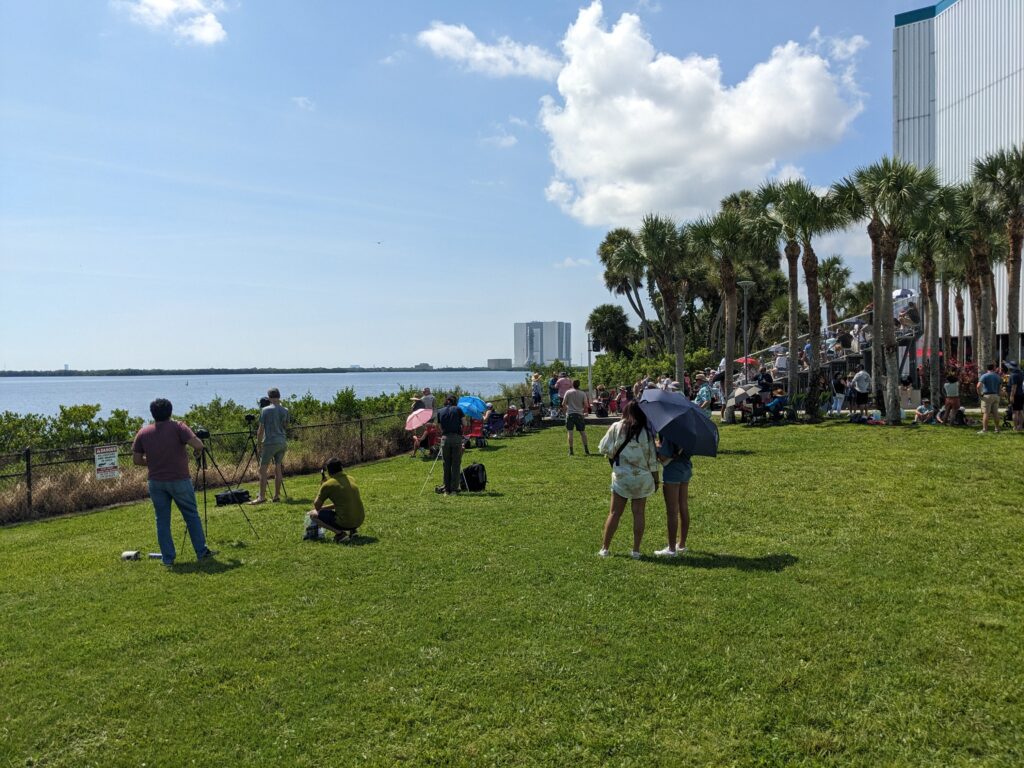
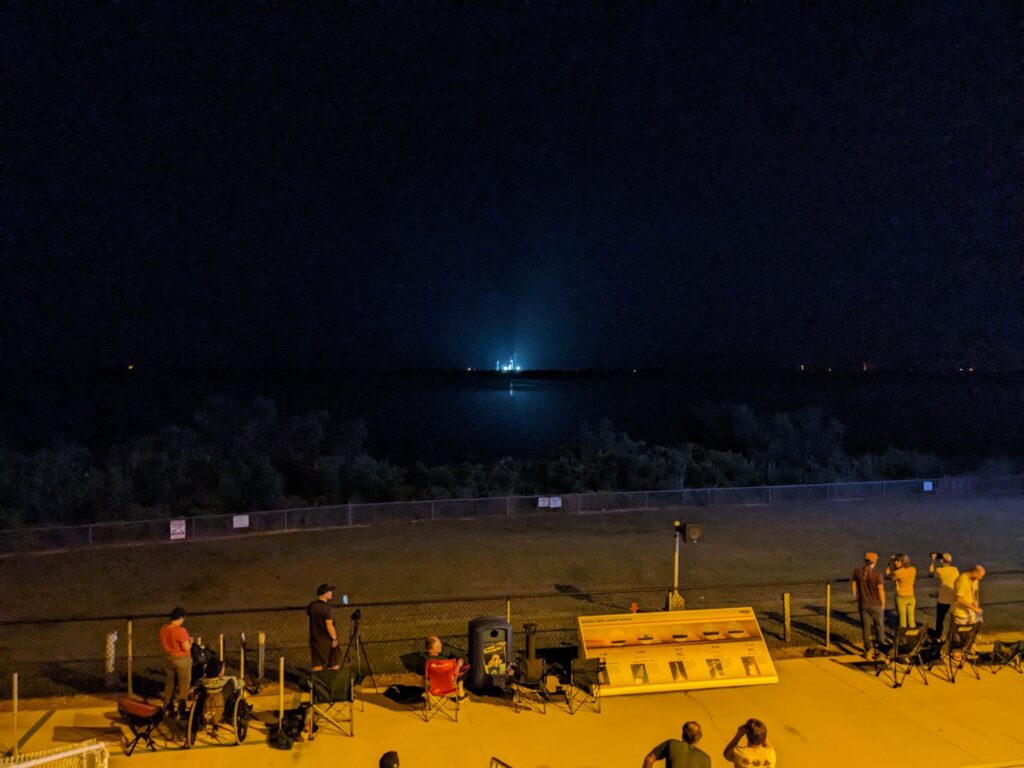
LC-39 Observation Gantry
I believe this is undergoing some renovations right now, and is of the table for now, but it is better for LC-40 (SpaceX Falcon9 at 3.4 miles) and LC-41 (ULA Atlas 5 at a blistering 2.2 miles – the closest you can get to a launch). We stood in the wind/rain for 3 hours for a Falcon9 that was scrubbed near last-minute due to lightning; a disappointment, but that’s the gamble. The Atlas 505 (the maximum number of 5 boosters) Silentbarker launch, however was epically fast and loud.
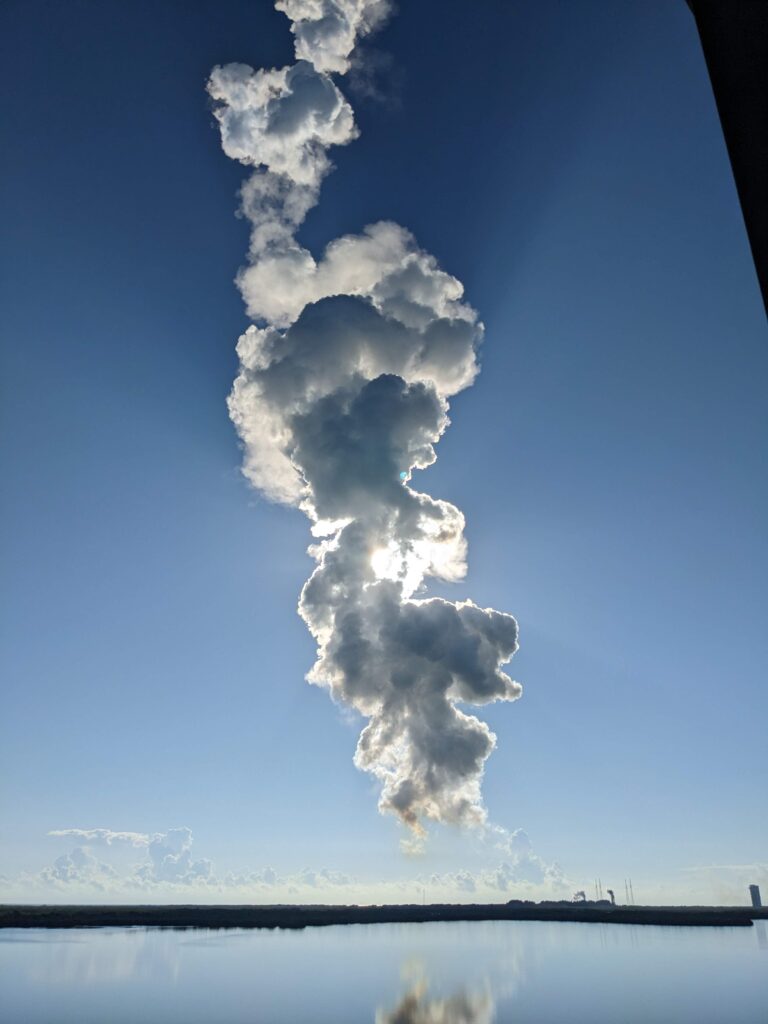
Level 4 – Exclusive Access
Congratulations! You are the elite of the elite and have an invitation from NASA or companies involved with a launch. Maybe you have even managed to get a press pass. Enjoy your privilege.
Some Special Viewing Notes
Unless you have spent thousands of dollars on a camera and lenses, put the phone down and just experience the launch. Your photos will never be as good as what you see online, so don’t bother in capturing one. Not happy about that? Fine. Just point your phone in the general direction and snap off a couple of wide-angle shots. You want your mind to be searing this experience into your memory, not distracted by technology. Also, those feeds on YouTube or other sites are usually delayed by 20-40 second; watch the rocket, not the screen in the final minute. Binoculars are nice, but not strictly required; depending on your location there is a lot of wildlife to be seen.
Launches are multi-sensory. Take in the visuals, the sounds and the ground shaking if you are close enough. Sound delays vary by distance, so expect a bit of a disconnect there. Rocket type, atmospheric conditions and the point at which it is in the flight cause widely different sounds. If you are at Banana Creek in the north viewing area closer to the building, you get nice little sci-fi laser sound effects as the shock waves bounce off of the corrugated metal on the side of the building. It’s a nice little touch.
Night launches are unarguably more spectacular. Our favorite launch was the Falcon Heavy carrying Jupiter 3 / Echostar24 night launch with viewing from the Banana River bleachers. Between the price of admission / LTT and the scrub the night before, it was a small crowd. Weather conditions were near perfect and we were rewarded with a ground and bleacher-shaking show that was unforgettable including the double boosters returning with their sonic booms. It would take a Saturn V or SLS under the same conditions to (maybe) top that.
Cross-Training
There are dozens, if not hundreds of places that have NASA and space flight connections; those are beyond the scope of this writeup. But in the KSC area, I’d strongly recommend touring the Cape Canaveral Lighthouse. You will visit actual launch complexes with some great history.
